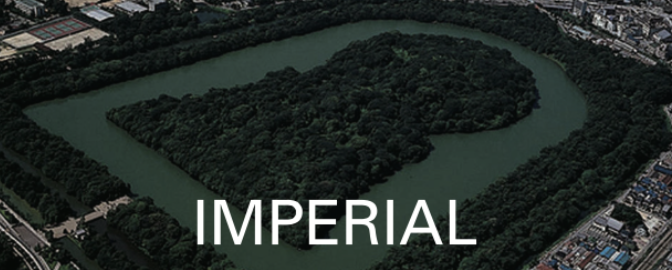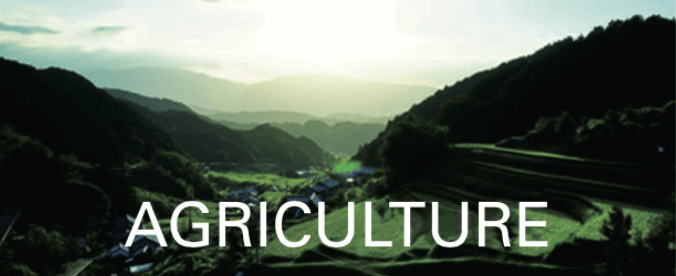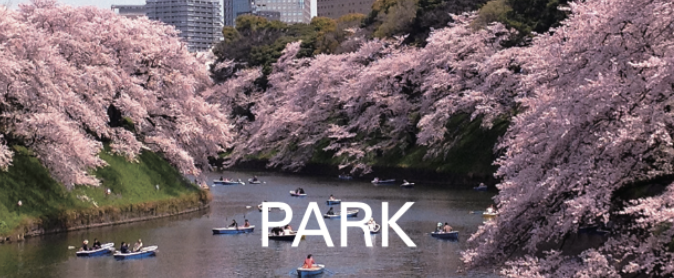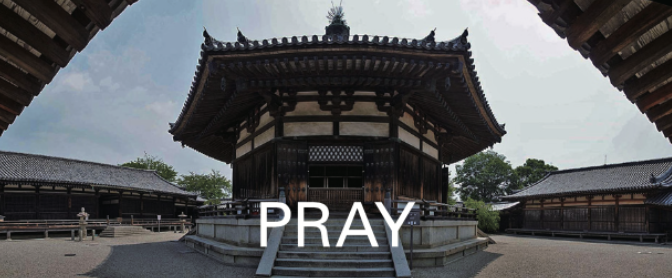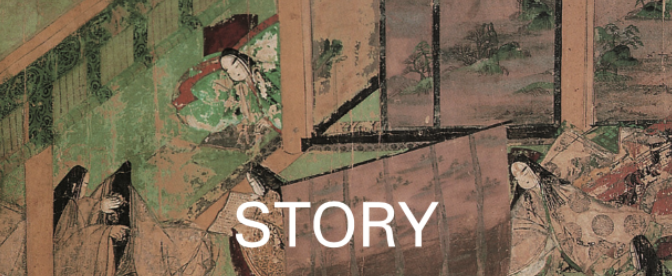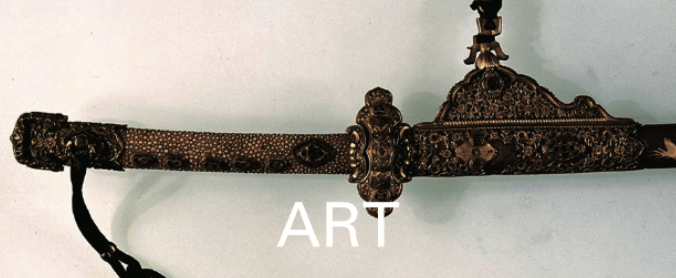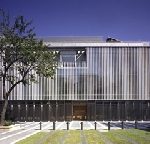
Higuchi Ichiyo (1872-1896) was a famous Japanese female novelist. This museum was opened with the cooperation of local volunteers in 1961, as Japan’s first female novelist solo museum. And it was reopened in 2006. It holds planning exhibitions, special exhibitions and the Ichiyo festival.
After learning Waka, Japanese poetry, calligraphy and classical literature, she opened a household goods store at Shitaya Ryusenjimachi near Yoshiwara Yukaku, the Tokyo licensed quarter, for earning living expenses while writing novel. That experience later became the subject of Takekurabe, her representative work.
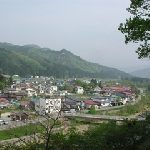
“Hotaru no Sato – firefly village” of Onogawa Onsen, hot spring, is located along the Otaru River. The Otaru River runs from Mt. Iidesan, which has been worshiped as the mountain of gods, since ancient times. The Otaru River connects to the Omono River, which is one of the water sources of the Mogami River. There is a very rare pond where you can appreciate the naturally generating Genji fireflies, Luciola cruciate, Heike firefliers, Luciola lateralis, and Hime fireflies, Hotaria parvula.
The name of this place comes from Ono no Komachi (825 – 900), a Japanese female poet of unusual beauty, who was said to be the daughter of the district governor in Dewa Province. The fireflies dance wildly and the radiance reminds us of the Dynastic Romanticism in Japan.

Yamagata safflower was sold at high prices in Kyoto and Osaka during the Edo period (1603 – 1868). The safflower merchant took culture back from Kyoto and went up the Mogami River. Utagawa Hiroshige (1797 – 1858), a Japanese ukiyo-e artist, painted city pleasures and travel, using woodblock prints and painting.
He drew famous places in Japan, with bold designs and the beauty of indigo color. Hiroshige left his original paintings called “Tendo Hiroshige” here, at the request of the Tendo Domain. Works here include the cherry blossoms of Mt. Yoshino, Nara and the autumn leaves of the Tatsutagawa River Nara.
At this museum, you can also think of the future environment through the landscape paintings of precious Hiroshige works that convey the various remnants of ancient Japan.
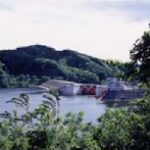
The surface of this lake is blue, a clear contrast to the green mountains in summer, and the mountain mirror that is colored with autumn leaves in autumn. It is a landscape that was mentioned in the poem by Izumi Shikibu (Born 876), a Japanese female poet and a femme fatale with numerous lovers, – “Arazaramu Konoyono HoKanou Omoideni – Soon I will die. As a memory to bring to that world, (I just want to see you again)”
In the Nara period (710 – 794), Ishikawa Town was in Iwaki province, the gateway to Mutsu Province, the northeast region of Honshu Island. It is where Minamoto no Arimitsu (1037 – 1086), a military commander in the Minamoto clan, and the 2nd head of the Ishikawa clan, moved to from Settsu Province Osaka, developed and ruled.
Ishikawa Town is said to be the birthplace of Izumi Shikibu. Her poetry described the true feeling in the court during the Heian period (794 – 1185), much like the surface of this lake.
